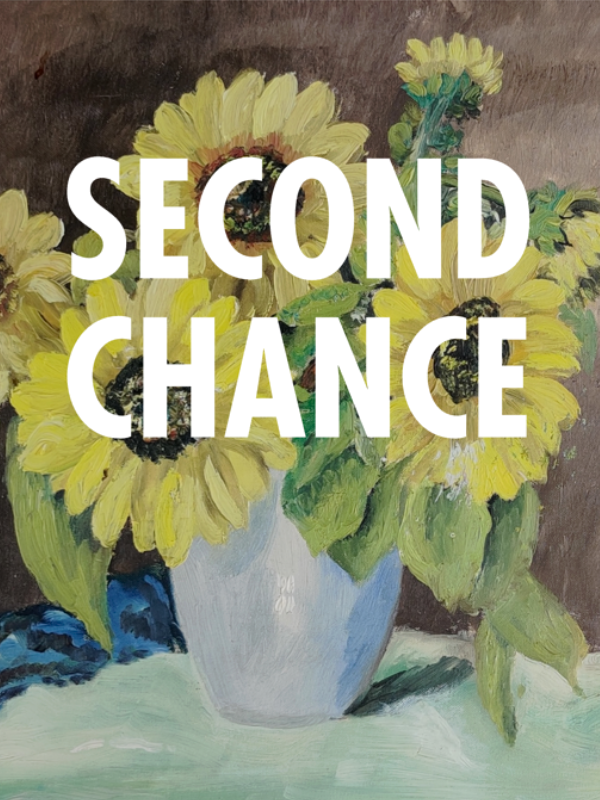About
In the creation and development of the editorial project Talk Shit, we have grappled with the role of journalism in the artistic domain. What is its function in the contemporary context? Should it be confined to the mere listing of ongoing exhibitions? Should it give voice to artists and other members of the artistic community? Or should it delve into a realm of art critics?
Talk Shit is born with the ambition of not excluding any of the aforementioned approaches, as it often occurs on many news platforms. However, what underlies every journalistic production is a serous and credible trait d'union that associates the voices that populate it, as well as its readers, towards the functional purpose of informing. In this contemporary artistic context, we wanted to liberate ourselves and our readers from the burden of functionality and the perversion of credibility. Therefore, the only possible solution has been to embrace a pataphysical approach.
The "science of imaginary solutions," which, to use the words of Jean Baudrillard, is also the science of the "excess of emptiness and insignificance," will be the subtle thread guiding our research, analysis, and interviews. Perhaps it is precisely in the artistic context, where every actor aspires, with more or less successful results, to achieve significance, that this emptiness, by contrast, can find its meaning. Conversely, if it fails to find one, it merely confirms its own insignificance. We can do nothing but accept this antinomy as an incompatibility that aids our research by freeing it from itself.
We invite the reader to approach this work as they see fit, exactly as they would have done before reading this editorial.
Editor-in-chief:
Vanya Perepelka
Talk Shit is born with the ambition of not excluding any of the aforementioned approaches, as it often occurs on many news platforms. However, what underlies every journalistic production is a serous and credible trait d'union that associates the voices that populate it, as well as its readers, towards the functional purpose of informing. In this contemporary artistic context, we wanted to liberate ourselves and our readers from the burden of functionality and the perversion of credibility. Therefore, the only possible solution has been to embrace a pataphysical approach.
The "science of imaginary solutions," which, to use the words of Jean Baudrillard, is also the science of the "excess of emptiness and insignificance," will be the subtle thread guiding our research, analysis, and interviews. Perhaps it is precisely in the artistic context, where every actor aspires, with more or less successful results, to achieve significance, that this emptiness, by contrast, can find its meaning. Conversely, if it fails to find one, it merely confirms its own insignificance. We can do nothing but accept this antinomy as an incompatibility that aids our research by freeing it from itself.
We invite the reader to approach this work as they see fit, exactly as they would have done before reading this editorial.
Editor-in-chief:
Vanya Perepelka

